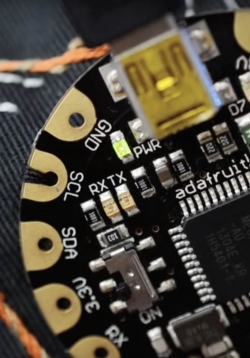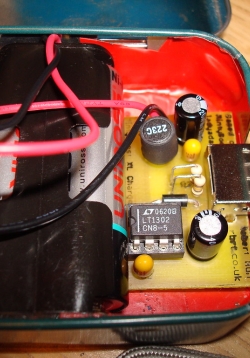Unit Plan - Chemical Differences in Emergency Energy Sources
Students develop atomic and molecular models of energy resources, analyze combustion of various fuels and build circuits with Photovolatic (PV) modules to evaluate and suggest revisions to a disaster preparedness supply list. They then research and...
Illuminate Me: Merging Conductive Sewing, Technology, and Solar Power
Light up your clothing using solar power! For this unit, students will attach thin, flexible solar modules to a bike helmet and recharge NiMH rechargeable batteries for a renewable energy battery pack. The rechargeable batteries will be used to light up...
Constructing a Solar-Powered MintyBoost USB Charger
Students will receive a background on solar energy, solar energy applications, and electrical circuit components. Students will then apply these concepts to a Home Energy Consumption worksheet and the construction of a Solar Module MintyBoost USB Charger,...
Home Energy Consumption
Students will calculate the energy consumption of a set of common household devices based on their operating power rating and then investigate the power consumption of other devices in their homes.




